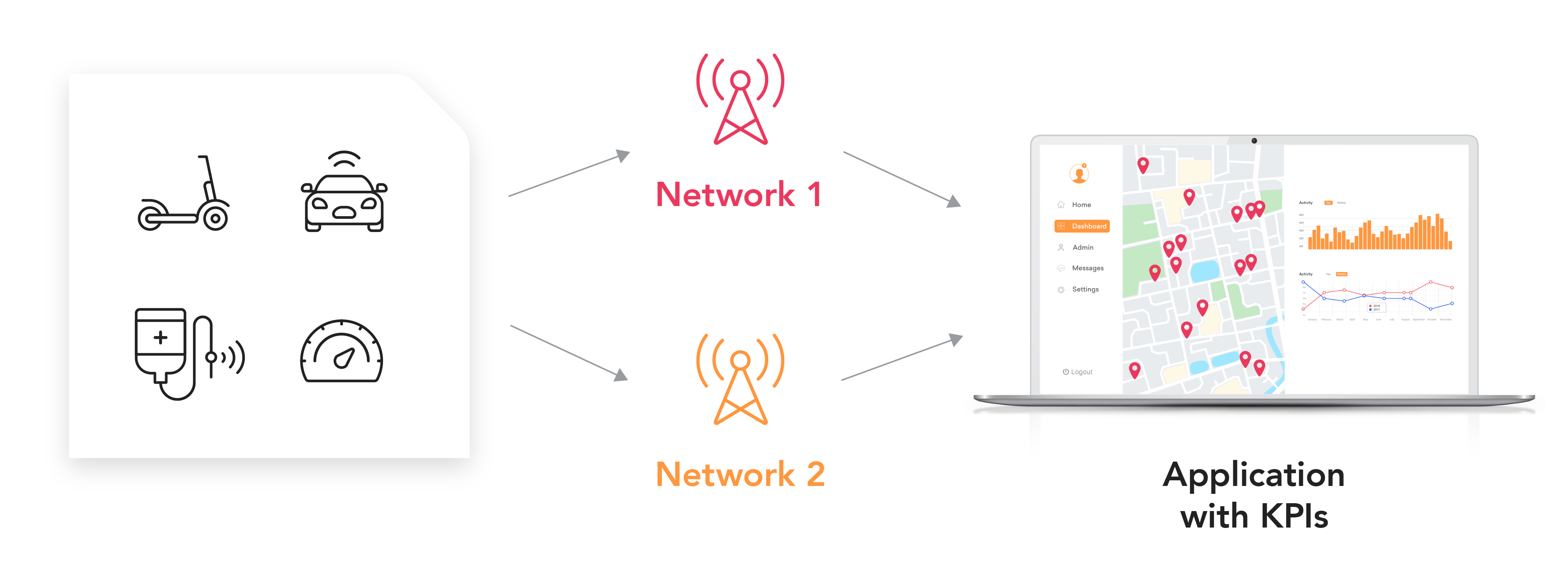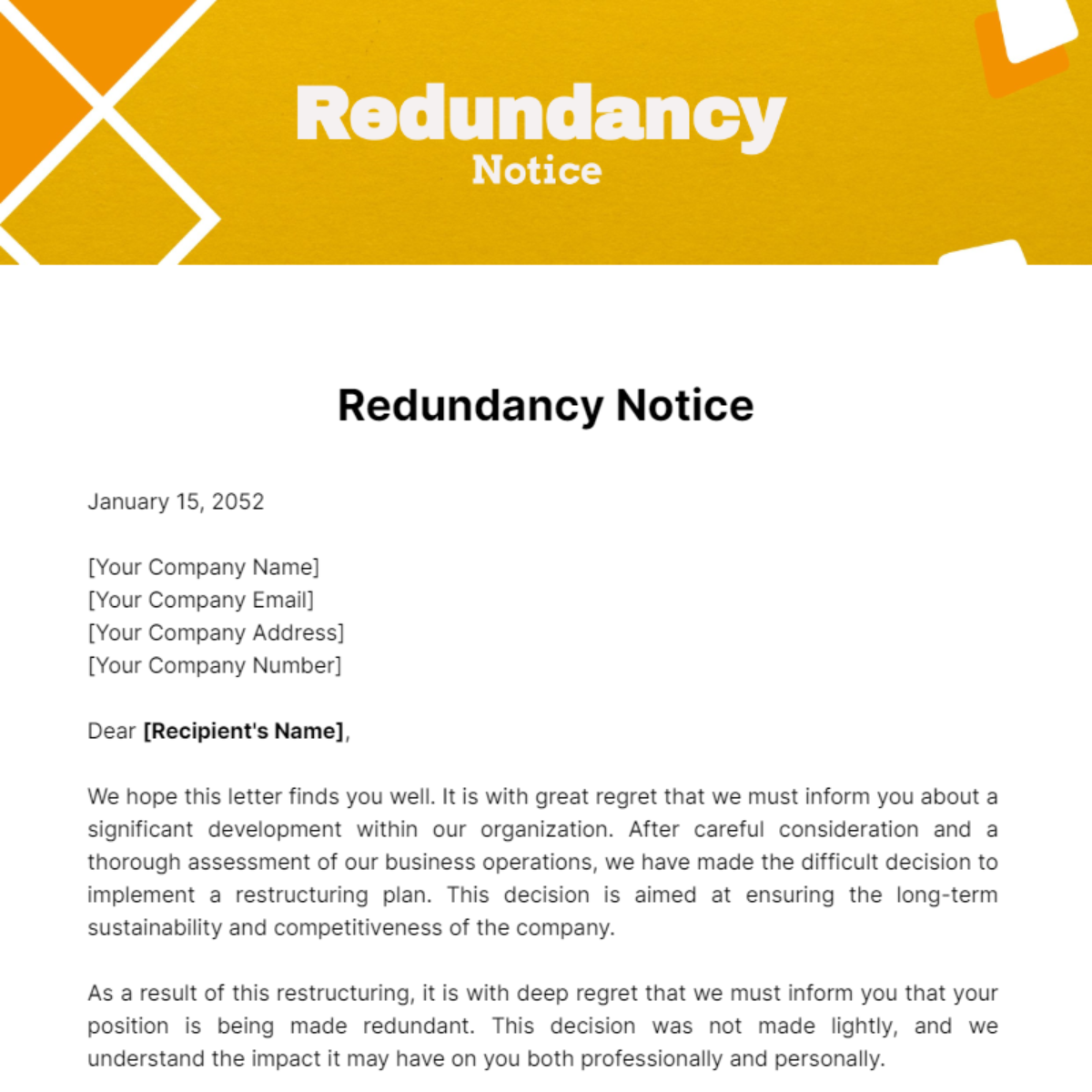Described: If a Company Goes Bust Who Pays Redundancy in the UK?
Described: If a Company Goes Bust Who Pays Redundancy in the UK?
Blog Article
Discovering the Operational Dynamics of Company Redundancy and Its Long-Term Sustainability

Redundancy Methods for Service Connection
In order to make certain nonstop operations, companies need to apply reliable redundancy approaches for service continuity. Redundancy in this context describes the replication of crucial elements or features within a system to minimize the effect of potential failures. By including redundancy methods, companies can boost their durability versus disruptions brought on by different factors such as all-natural catastrophes, devices failings, or cyber-attacks.
One usual redundancy approach is the application of back-up systems and data storage space remedies. This includes creating duplicates of essential information and systems that can be activated in case of a primary system failing. Additionally, organizations can develop redundant interaction channels and power resources to keep connection and operations during unanticipated events.
Moreover, cross-training staff members to do multiple functions within the firm can serve as an important redundancy strategy. If essential personnel are unavailable due to disease or various other reasons, this makes sure that crucial jobs can still be lugged out also. Overall, reliable redundancy techniques are necessary for organizations to promote functional continuity and reduce the influence of possible disturbances.
Influence of Redundancy on Business Durability
Provided the important function redundancy techniques play in making certain service connection, discovering the impact of redundancy on business strength becomes imperative for recognizing the holistic operational dynamics of a firm. Redundancy, when tactically implemented, can significantly contribute to enhancing an organization's resilience in the face of unforeseen difficulties.
Furthermore, redundancy can boost staff member spirits and confidence, knowing that there are contingency plans in area to deal with unpredicted situations. This complacency can result in raised efficiency and a much more favorable workplace. Additionally, redundancy can promote technology and imagination within a company as staff members feel empowered to take calculated risks, knowing that there is a safeguard to support them in situation of failing. Generally, the effect of redundancy on business durability is extensive, shaping the lasting sustainability and success of a business.
Balancing Effectiveness and Adaptability in Redundancy
Accomplishing an unified stability between operational performance and adaptive versatility is a critical click reference challenge in the tactical deployment of redundancy within companies. Effective procedures are essential for preserving efficiency and cost-effectiveness, making certain that resources are utilized ideally. Nevertheless, excessive focus on performance alone can bring about rigidity, making it tough for organizations to adjust to unpredicted adjustments or challenges. On the various other hand, versatility allows organizations to respond nimbly to advancing scenarios, cultivating advancement and resilience. Yet, too much flexibility without a solid functional structure can lead to inefficiencies and incongruity.
To balance effectiveness and flexibility in redundancy planning, companies must meticulously analyze their functional needs, market dynamics, and critical objectives. Applying lean methods can improve effectiveness by removing and improving procedures waste, while promoting a society of versatility and continual renovation can enhance versatility. In addition, buying cross-training programs and robust interaction networks can aid cultivate a flexible labor force qualified of dealing with diverse tasks throughout durations of change. Eventually, locating the best equilibrium in between efficiency and adaptability is essential for constructing a durable and sustainable organization when faced with uncertainty.
Long-Term Sustainability With Redundancy Planning
To make sure long-lasting viability and security, companies have to tactically straighten their redundancy planning with lasting sustainability goals, consequently balancing functional performance with flexible flexibility. Lasting sustainability via redundancy planning includes even more than simply temporary cost-cutting steps. It needs an extensive tactical technique that prepares for future obstacles and chances. Companies must check out redundancy not as a responsive solution to immediate issues but as a proactive technique for lasting success. By incorporating redundancy planning with sustainability objectives, companies can create a resilient structure that can stand up to various market changes and interior modifications.

Positive Steps for Lasting Company Procedures
Exactly how can firms proactively boost their operational sustainability for long-lasting success? Carrying out positive measures is essential for companies aiming to guarantee lasting operations.
In addition, fostering a society of constant renovation and learning within the organization can enhance versatility to changing market problems and client needs. Encouraging worker participation in decision-making procedures and offering possibilities for professional development can increase morale, performance, and overall performance. Developing clear goals, monitoring essential efficiency signs, and regularly assessing progress are essential components of aggressive sustainability monitoring.
Collaborating with vendors, consumers, and other stakeholders to promote lasting methods throughout the supply chain can produce a causal sequence of positive influence - redundancy pay if company goes bust. By taking aggressive actions in the direction of functional sustainability, business can build durability, drive advancement, and secure their lasting success in an ever-evolving service landscape
Verdict

In the world of organizational monitoring, the tactical implementation of company redundancy stands as a critical yet elaborate method that demands a delicate balance between operational efficiency and long-term practicality. By dissecting the operational dynamics that underpin business redundancy and reviewing its wider implications for organizational resilience and versatility, a nuanced understanding of just how redundancy approaches can form the future trajectory of a company begins to unravel.Given the critical duty redundancy approaches play in making certain service continuity, exploring the influence of redundancy on organizational resilience becomes critical for recognizing the all natural functional dynamics of a company. Overall, the effect of redundancy on business strength is profound, shaping the long-lasting sustainability and success of a firm.
In verdict, comprehending the operational characteristics of company redundancy is essential for ensuring long-term sustainability.
Report this page